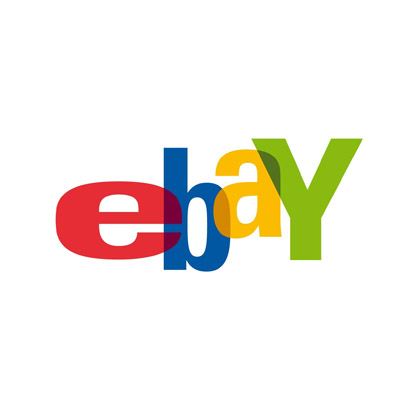
Colors play a very important role in logo design. The color wheel is made up of twelve colors: three primary colors (red, yellow and blue), three secondary colors (orange, green and violet) and six tertiary colors which are the colors created by mixing a primary with a secondary color. Thus, basic color schemes are from the relationships of colors in the color wheel. Most logo designers used color schemes to help in better understand the relationship between colors.
Here’s a quick explanation of each of those different types of the logo design samples:

|
Complement
Complement colors are opposites on the color wheel. For example orange and blue, both are the sharp contrast between the two colors can really make imagery pop. Most of the famous logo designs used a complement color scheme.
|

|
Triadic
Triadic colors are evenly spaced around the color wheel and tend to be very bright and dynamic. To use a triadic harmony successfully, the colors should be carefully balanced - let one color dominate and use the two others for accent.
|

|
Tetrad
Tetrad color schemes are made of two sets of complementary colors. To use a triadic harmony successfully, the colors should be carefully balanced. Let one color dominate and use the two others for accent.
|
 |
Analogous
An analogous color scheme is made up of colors of the spectrum that are next to each other. Often this kind of color scheme creates harmony due to the rhythm of the similar colors. These analogous logo designs match very well and are usually very pleasing to the eye.
|

The Visa Logo Design
Nowadays, most famous logo designs are used a complement color scheme. For example, the Visa logo design. Its logo design used blue and orange. Both colors are perfect for VISA as they represent stability, security, loyalty, trustworthiness, quality, and professionalism, all qualities that people look for when it comes to their finances. Using a complement color scheme in our business marketing offers sharp contrast and clear differentiation between images.




